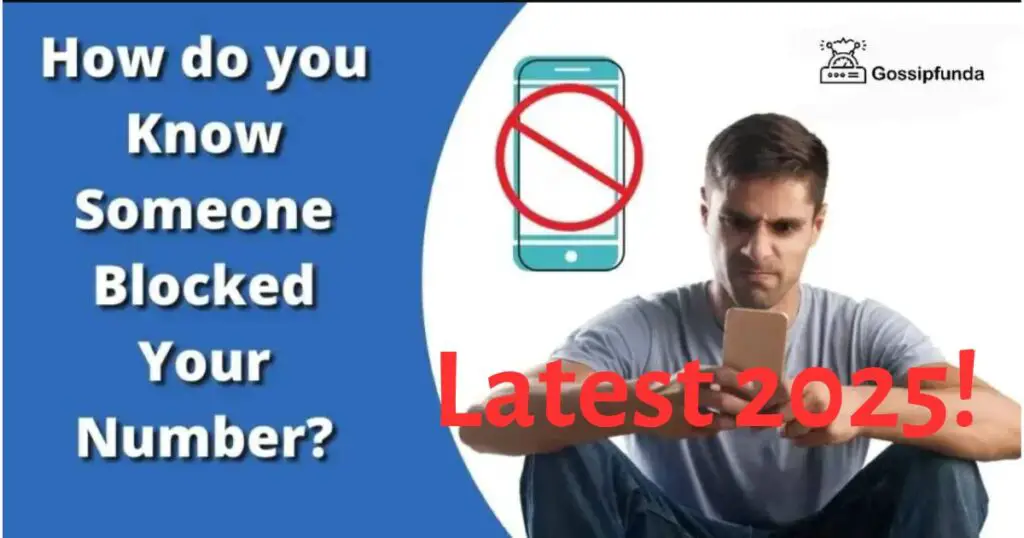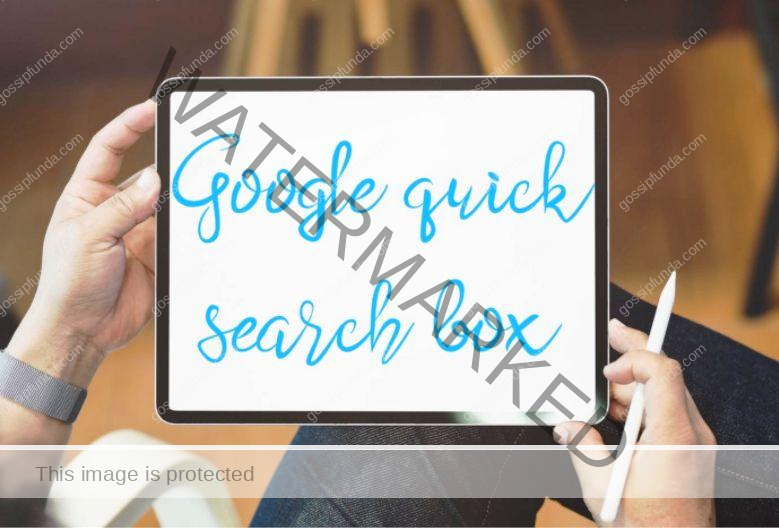1. Understanding the Basics: Why & How People Block Numbers
Blocking a phone number used to be a niche feature reserved mostly for shutting out spam calls, but it has since become a universal tool for anyone looking to regain control over their privacy. Imagine trying to reach out to your friend about an upcoming vacation plan and receiving total silence. Or texting a coworker about an urgent project update but never seeing a reply—even after days of waiting. Such scenarios can trigger the inevitable question: “Have I been blocked?”
Modern devices and carriers offer blocking features that work by creating a “virtual barrier” around the blocked contact. When you call, your phone might ring briefly or go straight to voicemail. Your text messages might stay in a perpetual state of “sent” without ever showing “delivered” or “read.” On Android, blocking often diverts calls to voicemail automatically, while on iOS, your calls may still ring once or not at all. The specifics can vary by phone model, operating system, and even mobile carrier policies. These differences sometimes make it tough to decode if you are truly blocked or if your contact just has a poor signal.

Still, the biggest sign is an abrupt change in the way calls and texts behave. If someone typically replies quickly, but now you get radio silence with every attempt, it raises suspicion. That said, keep in mind genuine glitches exist—cell towers can go down, someone might lose their phone, or they might be traveling and offline. Before jumping to the conclusion you’re blocked, it’s essential to understand the mechanics of how blocking works and to compare multiple indicators. By piecing together these signs, you can determine if you’re blocked or if it’s simply a case of bad timing, a dead battery, or some random technical hiccup.
2. Telltale Signs Someone May Have Blocked You
Whether you’re using iMessage, WhatsApp, or standard SMS, there are some classic signals that indicate you might be on someone’s block list. Below are the most common clues that tend to overlap across different apps and carriers:
- Calls Go Straight to Voicemail: A major red flag is when your calls divert immediately or after a single ring. Under normal circumstances, a phone rings at least a few times before voicemail picks up. If this pattern persists, it suggests your number could be blocked.
- Text Messages Remain Undelivered: On iOS, your iMessages might stay blue but never show a “Delivered” or “Read” receipt. On WhatsApp, you might see a single gray tick instead of two. This non-delivery behavior is a strong indicator that your messages aren’t getting through.
- Automated Responses or Error Messages: Some carriers will play a message like “The number you’re trying to reach is unavailable” the moment you call. If this repetition happens consistently for one specific contact, you could be dealing with a block scenario.
- No Last Seen or Online Status (Messaging Apps): Platforms like WhatsApp, Telegram, and Facebook Messenger often show a “last active” timestamp. If those vanish or never update for you, while others still see them, you may have been blocked.
- Abnormally Short Ring Duration: If your phone rings for half a second and then leaps to voicemail, it might signal that your calls are being diverted on purpose.
Although each sign individually can have innocent explanations—like a phone being switched off, someone enabling Airplane Mode, or simply turning off read receipts—a pattern of multiple signs is far more telling. For instance, if your messages stop displaying delivery notifications and every single call goes straight to voicemail for a full week, it’s highly probable you’ve been blocked. However, a one-time occurrence could just be bad coverage. So always gather several points of evidence before making a final call on the situation. Ultimately, trust your intuition balanced with these technical clues.
3. Practical Tips to Confirm if You’re Blocked
Realizing you might be blocked can be awkward, but there are respectful, practical steps to verify the situation. Armed with the knowledge of common signs, you can run quick “tests” to confirm your suspicions without bombarding the other person or losing your peace of mind.
First, try calling from a different number. If it magically rings from a friend’s phone, or you use a family member’s device and discover they pick up, this is a substantial indicator that your specific number could be blocked. Keep it simple—avoid repeated calls that might be viewed as harassment. Another subtle approach: send a message via an alternative channel, like Telegram, Instagram DM, or even an email. If they respond promptly on those platforms but never see or reply to your text messages, you have another sign pointing toward a possible block.
For Apple users, you can visit Official Apple Support to read how iOS handles blocking. Android users may consult Google’s Android Help Center to explore Android-specific blocking features.
One overlooked but direct tactic is a calm, honest conversation. If this is a friend, colleague, or family member, casually ask if they’ve had issues receiving your calls or texts. Sometimes, it’s just a misconfiguration or your number was accidentally filtered out. For instance, your friend might have mass-blocked unknown numbers to curb spam and accidentally included you. Although it takes courage to ask, a quick chat often resolves misunderstandings faster than stealth attempts.
4. Real-Life Anecdotes & Why Blocking Isn’t Always Personal
Let’s look at two entertaining real-world stories that highlight how blocking can happen for reasons that might not be outright malicious:
Sarah & Mark: Sarah found that every time she called Mark, it went straight to voicemail. She grew convinced that Mark had blocked her. Distraught, she reached out to mutual friends, fearing an intense fallout. In reality, Mark had changed carriers, and a bizarre technical glitch blocked a chunk of his contacts—including Sarah’s. Once the issue was discovered, Mark apologized profusely, and they had a good laugh about how easily these misunderstandings can spiral out of control.
David & Carla: David, a hardcore gamer, continually texted his teammate Carla updates about new expansions, patch notes, and personal high scores—often multiple times a day. Carla, feeling overwhelmed, blocked David temporarily for “digital serenity.” David was confused when Carla never acknowledged his voice messages or memes. A week later, they crossed paths online, and Carla admitted she had blocked him to enjoy some uninterrupted gaming of her own. Far from offended, David realized how incessant his updates had become. Carla lifted the block, and they set boundaries for future communication.
These anecdotes underline a crucial point: blocking isn’t always an act of hostility. Sometimes, it’s a short-term move for mental peace or due to an accidental setting. Before you jump to the worst conclusions, investigate respectfully. Technology is both a blessing and a curse; occasional quirks happen. Human oversight and unintentional toggles can easily lead to confusion. If the relationship matters, try to resolve the situation with humor and conversation.
5. Dos and Don’ts: Navigating a Possible Block Gracefully
When you suspect you’ve been blocked, it’s easy to let frustration take over. However, bombarding someone with calls or texting them aggressively can backfire. Below are a few pointers to keep things cool:
- Do try a different channel once or twice: A single message on Instagram or Telegram can suffice to see if they respond. If they don’t, take the hint and move on.
- Don’t constantly redial: Repeatedly calling someone who might have blocked you will only reinforce their decision. It can also veer into harassment territory.
- Do consider a direct, polite conversation: If this is a friend or colleague, politely ask if they’re receiving your messages. Address it with empathy, not accusation.
- Don’t take it personally immediately: There might be legitimate reasons unrelated to you—such as phone glitches, spam filters, or simply a preference for minimal notifications.
- Do check your own phone settings: Sometimes, forwarding or call-blocking settings on your device could cause issues. A simple reset or software update might fix it.
- Don’t ignore personal boundaries: If someone genuinely wants distance, respect their choice. Persisting too hard can strain the relationship even more.
In many cases, the block can be reversed if it was accidental or if the situation changes. However, forcing someone’s hand rarely mends fences. Respect, clarity, and introspection are far more constructive than persistent calls or repeated confrontation. If they eventually communicate and explain, see it as a chance to rebuild trust or adjust your communication habits.
6. Frequently Asked Questions (FAQ)
Q1: Why do my calls ring once and then go silent—am I definitely blocked?
It’s not necessarily a guaranteed block, but it is a prime indicator. When a call rings once and heads directly to voicemail, some kind of blocking or call rejection is often at play. That said, carriers can sometimes redirect calls quickly if a user’s phone is off, on Airplane Mode, or experiencing network issues. To differentiate, watch for repetition over multiple days and attempts. If it happens consistently, that’s a stronger clue you’re blocked. Still, keep in mind that a dying battery or busy network can mimic blocking symptoms. For true certainty, try alternative approaches like messaging apps or simply asking the contact if they’re experiencing phone trouble.
Q2: Can someone block my texts but still receive calls?
Yes. Blocking can be set up in various ways. In some messaging apps, a user might mute or restrict you, so your texts go unseen while calls might still go through. Carriers also allow partial blocking where only SMS is filtered out. Additionally, on platforms like Facebook Messenger or Instagram, someone could block you there but still accept your phone calls. Always look for multiple signs—texts not showing “delivered,” calls going unanswered, or vanishing profile statuses. If only your texts are ignored but calls connect, the person may have notifications turned off or may have selectively blocked certain message channels.
Q3: Are there reliable third-party apps that can confirm if I’m blocked?
Generally, no. Most apps that claim to detect blocks are either unreliable, sketchy, or invade your privacy. They usually can’t bypass the privacy frameworks of iOS or Android. Your best bet is good old-fashioned observation: watch how calls, texts, and online statuses behave. Then, if possible, make a polite, direct inquiry. Apps offering “block detection” are often marketing gimmicks or require questionable permissions. It’s safer to rely on official resources—like Apple’s or Google’s support pages—for insights on call and message blocking.
Q4: What if I’m blocked on WhatsApp but not on regular calls?
It’s entirely possible that someone blocks you on one platform but not on others. Each platform—WhatsApp, Telegram, Facebook—allows independent blocking settings. So if you can call the person via standard phone service but your WhatsApp messages only ever get one gray tick, you’re likely blocked just on WhatsApp. People sometimes do this to reduce constant pings from group chats or specific contacts. It doesn’t necessarily mean they want zero contact; they might just want fewer pop-ups on their favorite messaging app. The key is to keep communication lines respectful. If they haven’t blocked your phone number, they might be more comfortable with a traditional call or text.
7. What to Do After Confirming You’re Blocked
Finding out you’ve been blocked can be jarring, but it’s best to handle the discovery gracefully. Immediately attempting to contact the person through other means—like a second phone number or multiple social media accounts—could come across as pushy. Instead, pause and reflect on your relationship. Did an argument or disagreement happen recently? Are you sending too many updates or messages? Self-awareness can go a long way in restoring that line of communication later.
If the blocked individual is someone you care about—a friend, family member, or coworker—it may be wise to give them a bit of space and then approach the topic calmly in person or via email. A gentle message that respects their boundaries can sometimes mend fences. For example, you might write something like, “Hey, I tried reaching you but wasn’t sure if my messages were getting through. If you need time or space, I respect that. I just wanted to let you know I’m here to talk whenever you’re ready.” This approach shows you understand they might be upset or overwhelmed and that you’re not pushing them prematurely.
Finally, maintain perspective. We all have different communication comfort zones. Some people prefer minimal messages, while others love constant check-ins. If you’re often on your phone, it’s easy to over-message someone who’s less digitally engaged. Respect their preferences, learn from the experience, and focus on the relationships that actively bring you positivity.
Share Your Experience
Have you ever been in a situation where you discovered you were blocked, or had to block someone yourself? We’d love to hear your thoughts and anecdotes in the comments. Let’s help each other navigate these tricky phone and messaging etiquette dilemmas!
Don’t miss:
- What happens when you block a number on android?
- How to see blocked numbers on iPhone
- How to see missed calls from blocked numbers
My self Jean Acker, an SEO specialist. MS from the reputed college MIT. I am an innovative person, as well as have a sound interface with tech. Honestly, I easily supervise my meditations as well as my experimentation with Android and iOS.


